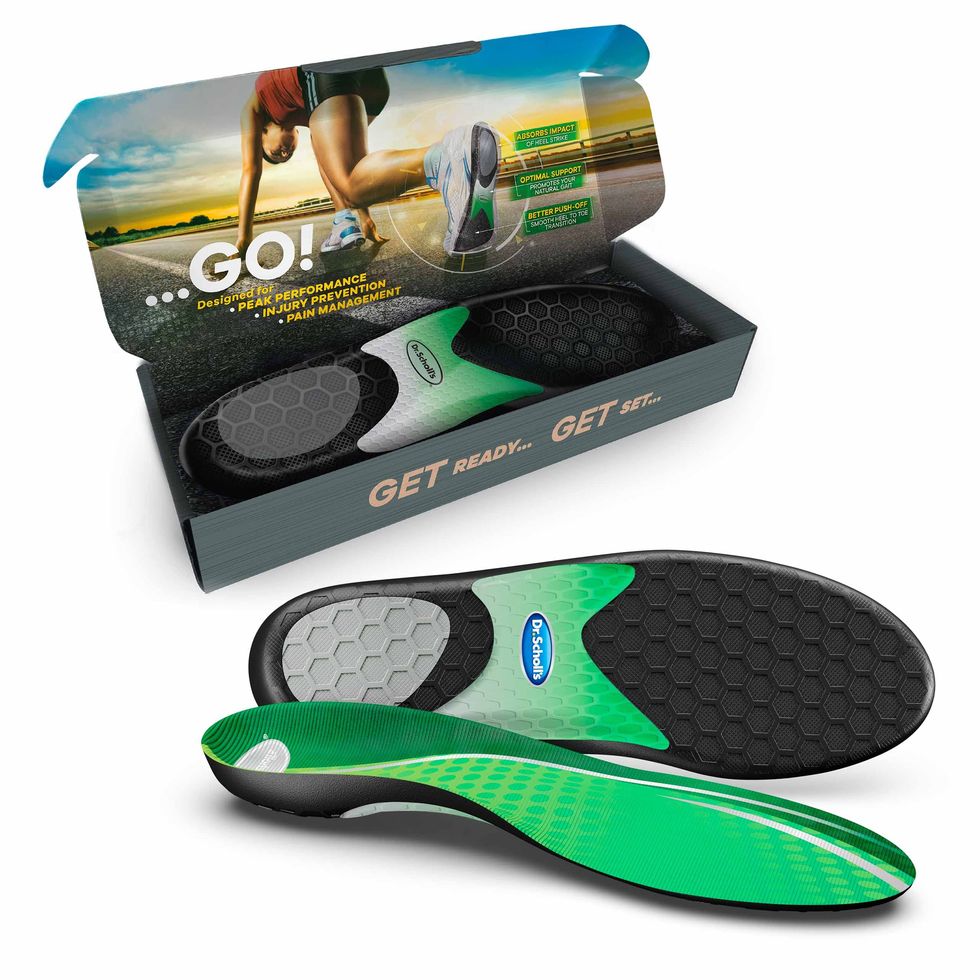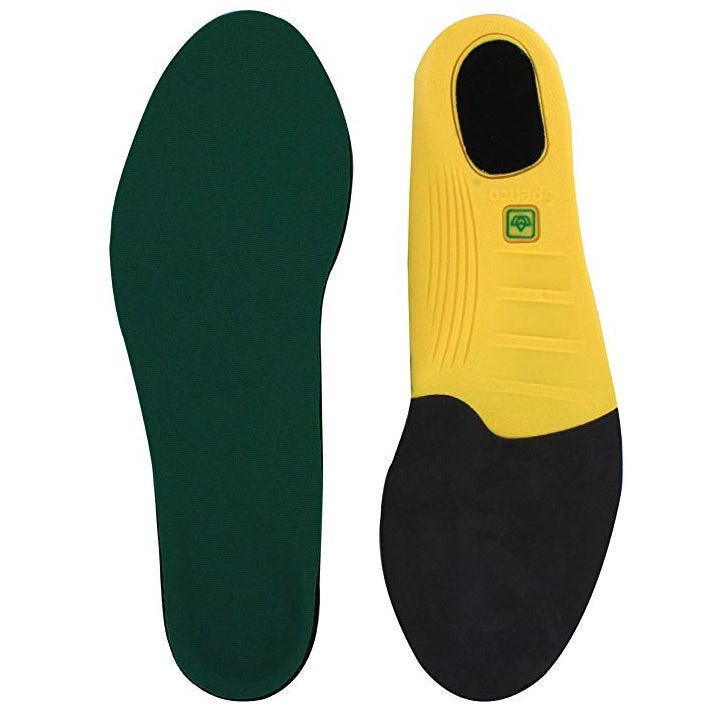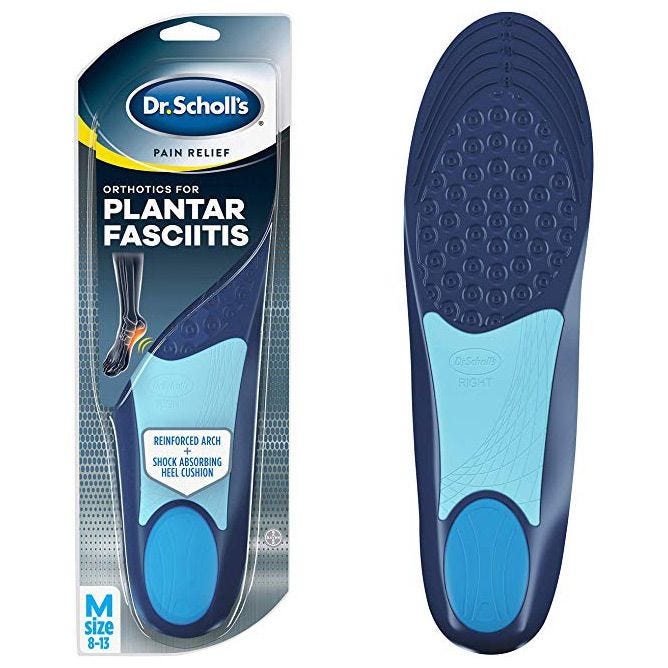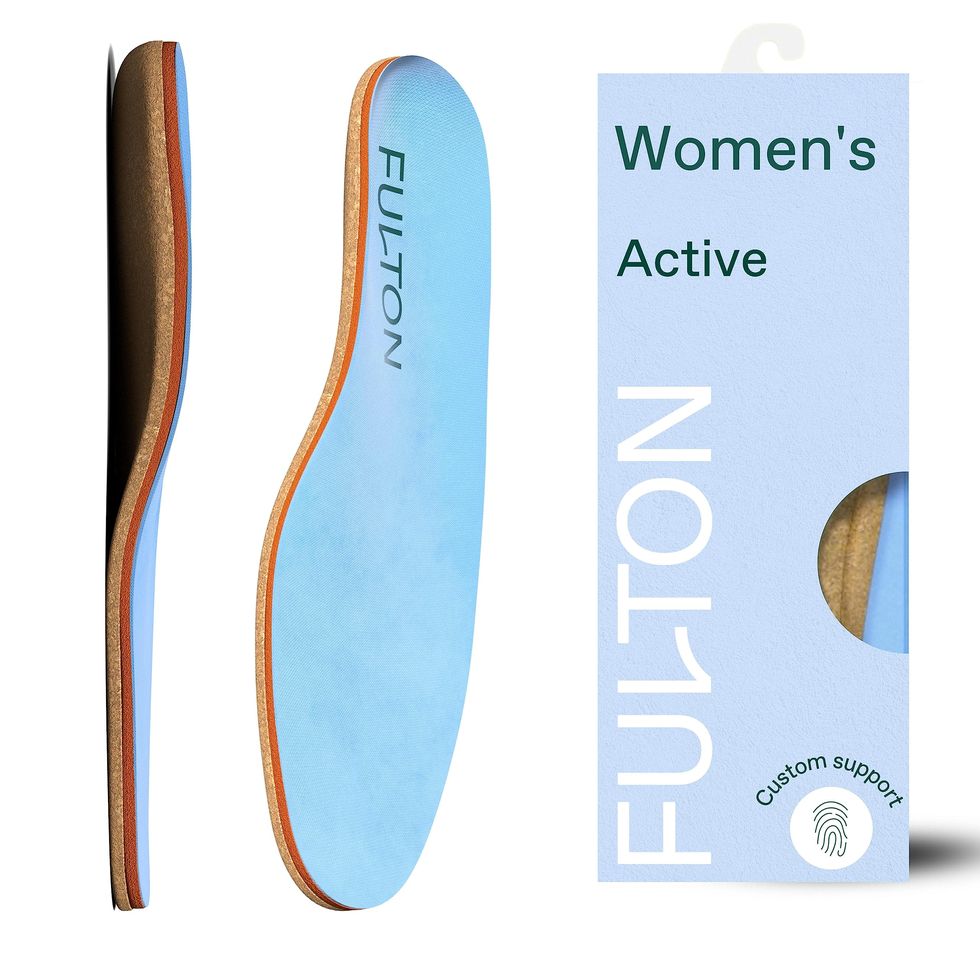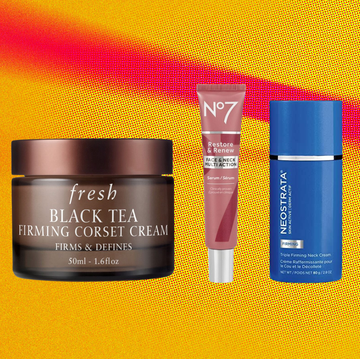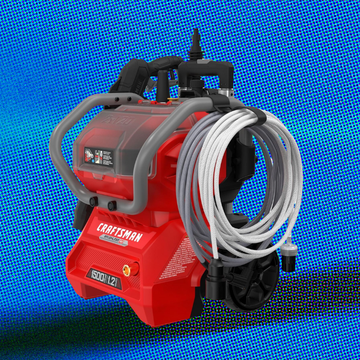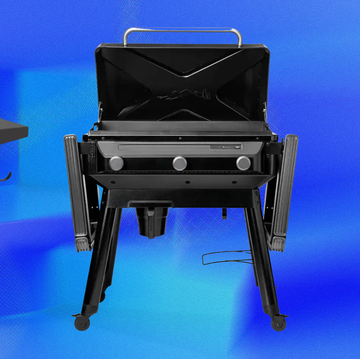7 Best Orthotic Insoles, According to Experts
With these supportive, comfortable insoles, you can finally reduce foot and joint pain.
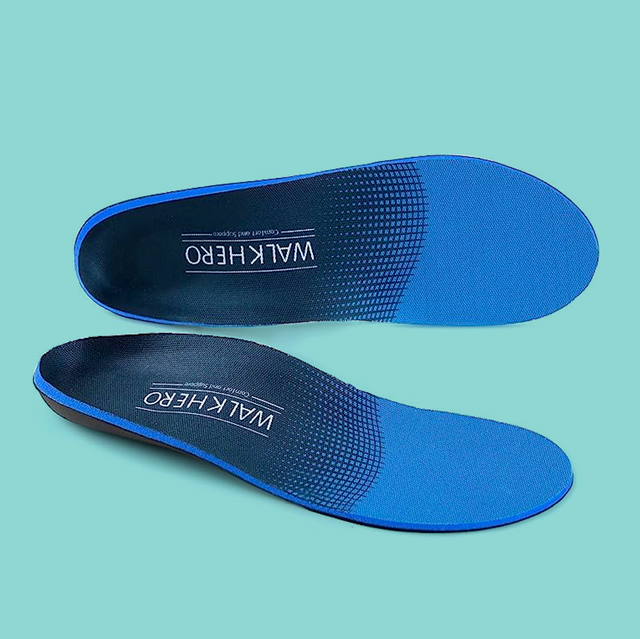
We've been independently researching and testing products for over 120 years. If you buy through our links, we may earn a commission. Learn more about our review process.
Correcting your posture and buying proper-fitting shoes can go a long way, but when your regular walking shoes or flats for work just aren't cutting it, orthotic insoles can add some of that much-needed support. Orthotic insoles can be a great addition to your shoes whether you stand for long hours at work (for instance, retail employees and teachers), you're looking for more shock absorption for your running shoes or you have flat feet, high arches, bunions or other issues.
"Many people can benefit from wearing orthotic insoles daily, particularly if they experience foot discomfort, have a history of foot-related conditions or spend long hours standing or walking," says Anne Sharkey, D.P.M., a double board-certified podiatrist.
To find the best orthotic insoles, we spoke with podiatrists and tested store-bought insoles in the Good Housekeeping Institute Textiles Lab. Our product analysts and fiber scientists test all sorts of gear for your feet, from the most comfortable shoes for women to recovery shoes that cushion and support feet, ankles and arches. To narrow down the best orthotic insoles, we reviewed each one for materials and specs and partnered with podiatrists to assess the construction of some of our top picks. We also enlisted consumer testers to try several of the insoles while exercising to evaluate the amount of arch support, comfort, fit and more.
Emma Seymour (she/her) is the associate director of the Good Housekeeping Institute's Textiles, Paper and Apparel Lab, where she has led testing for luggage, pillows, towels, tampons and more since 2018. She graduated from Cornell University with a bachelor of science in fiber science and apparel design and a minor in gerontology, completing research in the Body Scanner Lab on optimizing activewear for athletic performance.
Isabella (she/her) covers commerce and product-related content in the home, lifestyle, fitness, technology and beauty. She graduated from Binghamton University in 2022 with a bachelor’s degree in English: Literature & Rhetoric. Before joining GH, she was an editorial assistant at Prevention, where she covered health topics and celebrity news.

Dr. Brad Schaeffer, DPM, is a board-certified foot and ankle surgeon who trained at a comprehensive foot and ankle reconstructive surgical residency program at Hoboken University Medical Center. He is the founder of podiatry practice Central Park SOLE in Manhattan. You might recongize him from the TLC series My Feet Are Killing Me and NBC's The Titan Games.

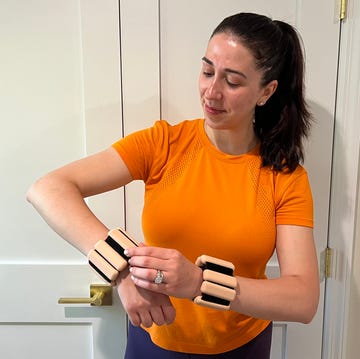
Bala Bangles Review: A Trainer's Perspective
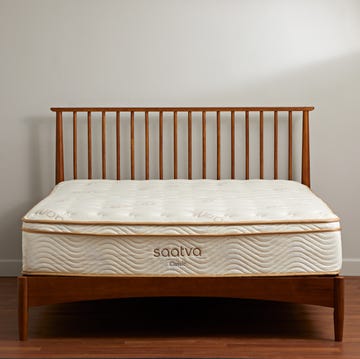
The Best King Size Mattresses
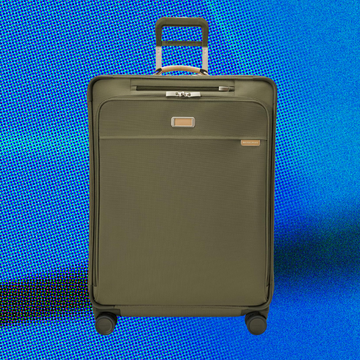
The Best Luggage for International Travel
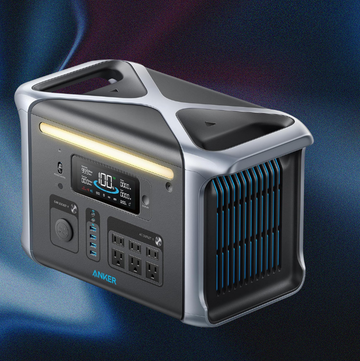
The Best Solar-Powered Generators
